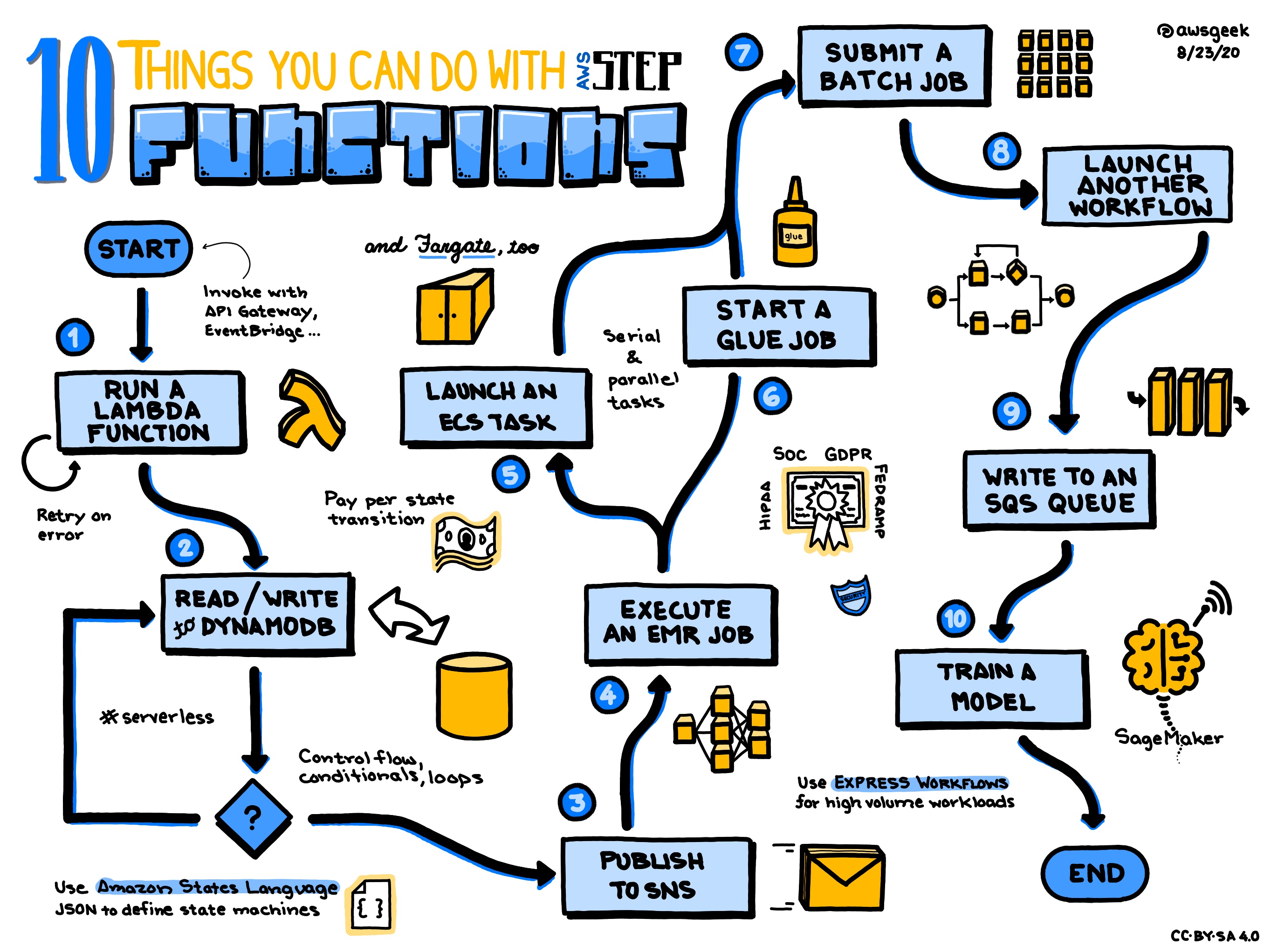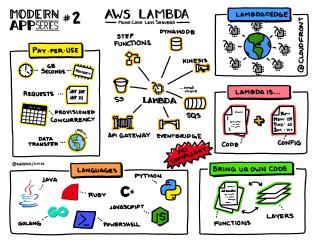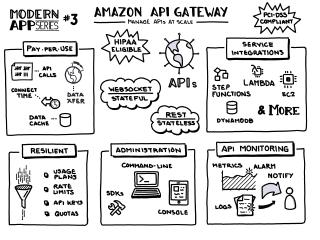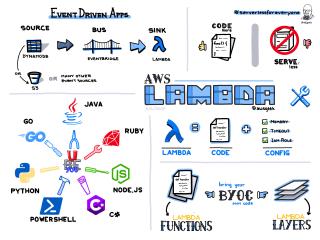
AWS Step Functions is a serverless orchestration service that empowers developers to sequence AWS services into applications. By using workflows, various AWS resources can be orchestrated in a fault-tolerant way, providing a clear visual representation of states and ensuring robustness in distributed applications. This makes it easier to build and manage complex multi-service applications by using visual workflows to orchestrate multistep operations.
Use Cases
AWS Step Functions provide a wide range of use cases across various industries. One of the common scenarios is microservices orchestration, where developers can coordinate multiple microservices to execute complex tasks by using state machines. In data processing, Step Functions can manage and automate ETL (Extract, Transform, Load) workflows, where data is sequentially processed through different phases. DevOps engineers often utilize Step Functions to automate CI/CD pipelines to streamline deployment processes. Additionally, the service can be instrumental in handling IoT automation tasks where it sequences the data processing and alerting process of IoT data.
Pricing
AWS Step Functions pricing is based on the number of state transitions, which occur each time a step in a workflow is executed. The costs are straightforward and incur no upfront fees, charging users per transition. As of this writing, the cost is $0.025 per 1,000 state transitions. There is also a free tier that allows developers to manage up to 4,000 state transitions per month at no charge, which encourages testing and experimentation of workflows without financial commitment.
Scalability
AWS Step Functions is designed with scalability in mind. As a fully managed service, it automatically manages the underlying infrastructure, enabling users to handle complex workflows at scale without worrying about the operational overhead. The service can scale to accommodate an increase in workflows and state transitions dynamically and efficiently, ensuring that applications remain responsive under varying loads.
Availability
AWS Step Functions is built on AWS's robust cloud infrastructure, ensuring high availability and reliability. It operates across multiple Availability Zones (AZs) within AWS regions, which provides fault tolerance and redundancy. This geographical distribution helps ensure that workflows remain available in the event of a data center outage. Users can trust that their orchestrated workflows will run reliably as part of the broader AWS cloud ecosystem.
Security
Security is a paramount concern for AWS Step Functions. The service integrates with AWS Identity and Access Management (IAM), allowing users to control access and permissions at a granular level. This ensures only authorized users can execute, manage, or audit workflows. Data involved in the workflows can be secured using AWS's encryption capabilities, both at rest and in transit. Activity logging and monitoring are facilitated through services like AWS CloudTrail and Amazon CloudWatch, providing the necessary tools to monitor and audit security-related activities.
Competition
AWS Step Functions isn't the only orchestration service available from cloud providers. Similar services include Google's Cloud Composer which simplifies complex workflows with Apache Airflow. Microsoft Azure offers Azure Logic Apps to automate workflows across services. Alibaba Cloud provides Function Compute which allows orchestrating applications with serverless capabilities. Each service comes with its own set of features, pricing models, and integrations. These offerings provide alternatives for organizations that are leveraging different cloud ecosystems but aiming to achieve similar orchestration capabilities.
In conclusion, AWS Step Functions is a robust orchestration tool suitable for developers and IT administrators looking to manage complex workflows across various AWS services. Its pay-per-use model combined with its scalability, availability, and security measures makes it a reliable choice for building serverless applications. Users should consider evaluating this service against competing offerings to ensure it meets their specific use case requirements and cloud strategy.
 AWS Lambda
AWS Lambda
 Amazon API Gateway
Amazon API Gateway
 Event-Driven Architecture
Event-Driven Architecture
 AWS Lambda
AWS Lambda